Hunter Hillesheim
Russ Erlinger Crane Service
Hunter Hillesheim, Vice President
With over a decade of hands-on experience in the crane and rigging industry, Hunter Hillesheim brings a rare combination of operational expertise, forward-thinking leadership, and genuine passion to his role as Vice President of Russ Erlinger Crane Service Inc. A true problem solver with a deep understanding of the industry’s demands, Hunter is committed to driving safe, efficient, and innovative solutions across a wide range of projects.
Industry Experience
Hunter began his career in the crane service industry as a laborer, where he spent one year learning the foundational aspects of the job. This role provided him with direct, hands-on experience in the day-to-day responsibilities involved in crane and rigging work, including assisting operators, organizing job sites, and supporting crews with general tasks.
After his initial year in the field, Hunter advanced to the position of operator. Over the next ten years, he operated cranes across various environments and industries, gaining significant experience and technical knowledge. His work during this time included projects involving heavy lifting, load placement, and operating equipment under strict safety standards. His decade of operating experience became the cornerstone of his professional skill set, equipping him with firsthand insights into the precision and discipline required in crane service operations.
Current Role and Responsibilities
As Vice President of Russ Erlinger Crane Service Inc., Hunter is involved in leading and managing a wide range of specialized projects. His current focus areas include:
- Transmission lines and substations – Supporting the construction and maintenance of power transmission infrastructure.
- Commercial HVAC – Assisting with heavy equipment placement and coordination for HVAC systems in commercial buildings.
- Illinois and Missouri water treatment plants – Participating in projects related to essential water infrastructure across state lines.
- Steel erection – Providing lifting and rigging services for structural steel projects in commercial and industrial settings.
- Oil and gas – Handling heavy equipment and transport needs within the oil and gas sector.
- Infrastructure projects – Contributing to bridge and other public works construction efforts.
These project types highlight Hunter’s breadth of experience and his ability to manage crane, rigging, and hauling services in highly regulated and technically demanding environments. In addition to execution, Hunter is deeply involved in project pre-planning, working with crews and clients to ensure every lift is safe, efficient, and aligned with job specifications. He also helps manage storage logistics for materials and equipment, supporting seamless transitions between project phases.
Certifications and Education
Hunter is a graduate of Highland High School. He has completed training in compliance with OSHA (Occupational Safety and Health Administration) standards, and he holds certification through the National Commission for the Certification of Crane Operators (NCCCO). These certifications underscore his commitment to maintaining professional standards and safety protocols across every aspect of the job.
Areas of Expertise
Hunter’s areas of expertise span multiple essential services within the crane industry. His work includes:
- Crane operation – Drawing on over ten years of operating experience.
- Rigging – Ensuring safe and stable movement of heavy materials and equipment.
- Hauling – Coordinating transportation of oversized or high-weight loads to and from job sites.
- Project pre-planning – Assessing job needs, equipment requirements, and safety protocols before work begins.
- Storage – Managing and organizing secure storage solutions for materials and machinery as part of ongoing and upcoming projects.
His consistent involvement in all phases of project delivery allows him to contribute both strategically and practically, helping Russ Erlinger Crane Service Inc maintain its reputation for high-quality service and dependable execution.
Built on Relationships
More than just a technician or a leader, Hunter is also a strong believer in the power of relationships. He understands that success in this business comes not only from getting the job done right—but from doing it with integrity, open communication, and a true sense of partnership. He thrives in collaborative environments, often working closely with engineers, general contractors, and field crews to align goals and solve complex challenges together.
Hunter’s approachable style, coupled with his deep knowledge of crane services and project logistics, makes him a go-to resource for clients who value a smooth, transparent process from planning to completion.
Life Outside the Work Zone
When he’s not coordinating major projects or out on a job site, Hunter enjoys spending time outdoors and embracing the thrill of motorsports. Whether it’s hitting the golf course, exploring the water by boat, riding UTVs through rugged trails, or cruising on his motorcycle, Hunter brings the same energy and focus to his hobbies as he does to his work.
He’s also an avid networker who values connecting with others in the industry and beyond. Whether attending events, meeting with partners, or just catching up with peers, Hunter sees every conversation as an opportunity to learn something new and build lasting relationships.
Looking Ahead
As Vice President, Hunter Hillesheim plays a vital leadership role at Russ Erlinger Crane Service Inc. With a background rooted in real-world experience and a comprehensive understanding of the crane and rigging industry, he continues to support the company’s mission of delivering safe, reliable, and efficient service to clients across Illinois, Missouri, and surrounding areas.
As Russ Erlinger Crane Service Inc. continues to grow and expand its services across the Midwest and beyond, Hunter remains at the forefront of innovation and leadership. His grounded beginnings, technical expertise, and genuine commitment to clients make him an integral part of the company’s ongoing success. Under his leadership, the company continues to evolve while staying true to its core values: safety, integrity, and excellence in every lift.
For Hunter Hillesheim, every project is more than a job—it’s a mission to help build the infrastructure and communities that keep our world moving.


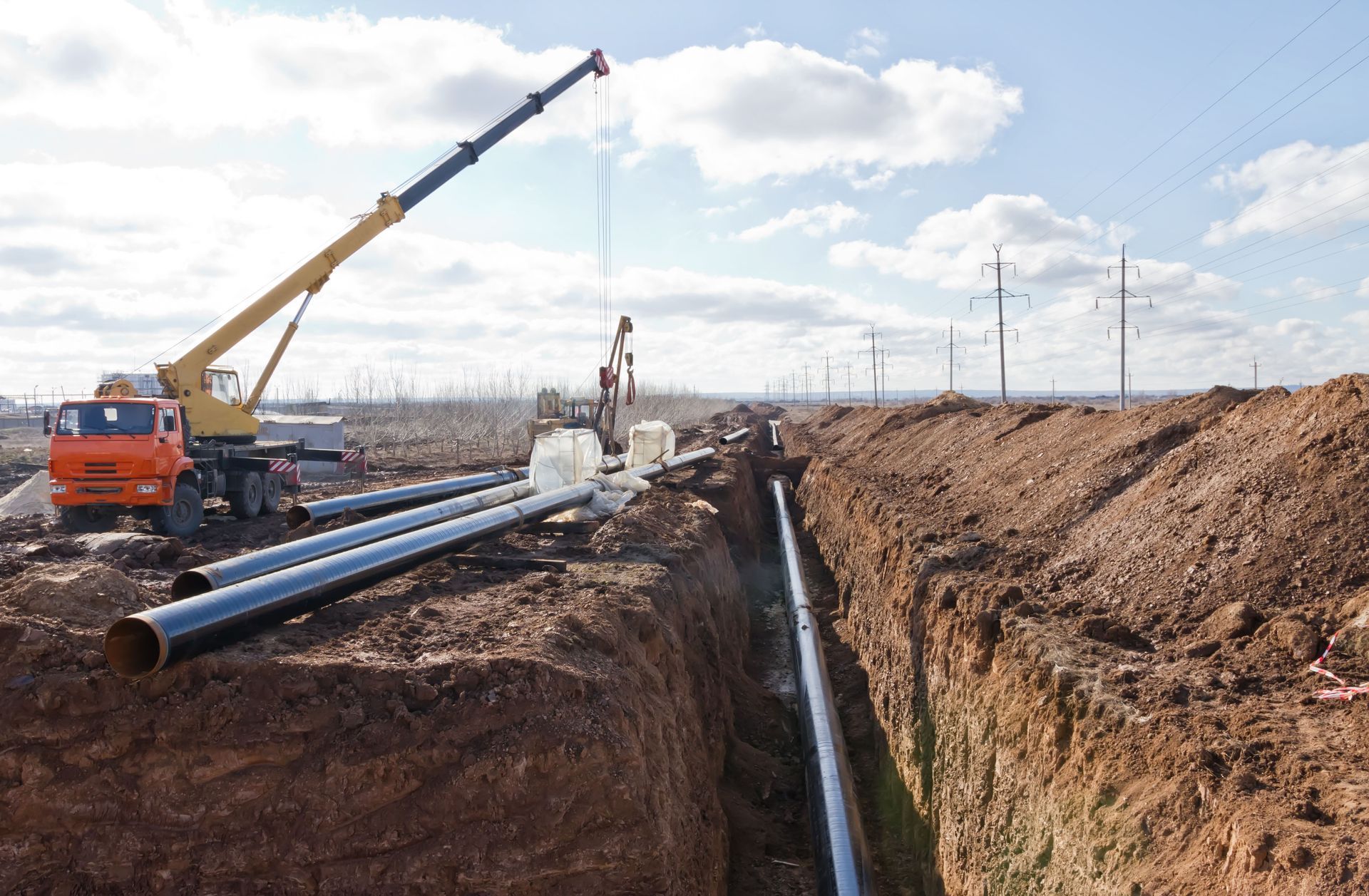
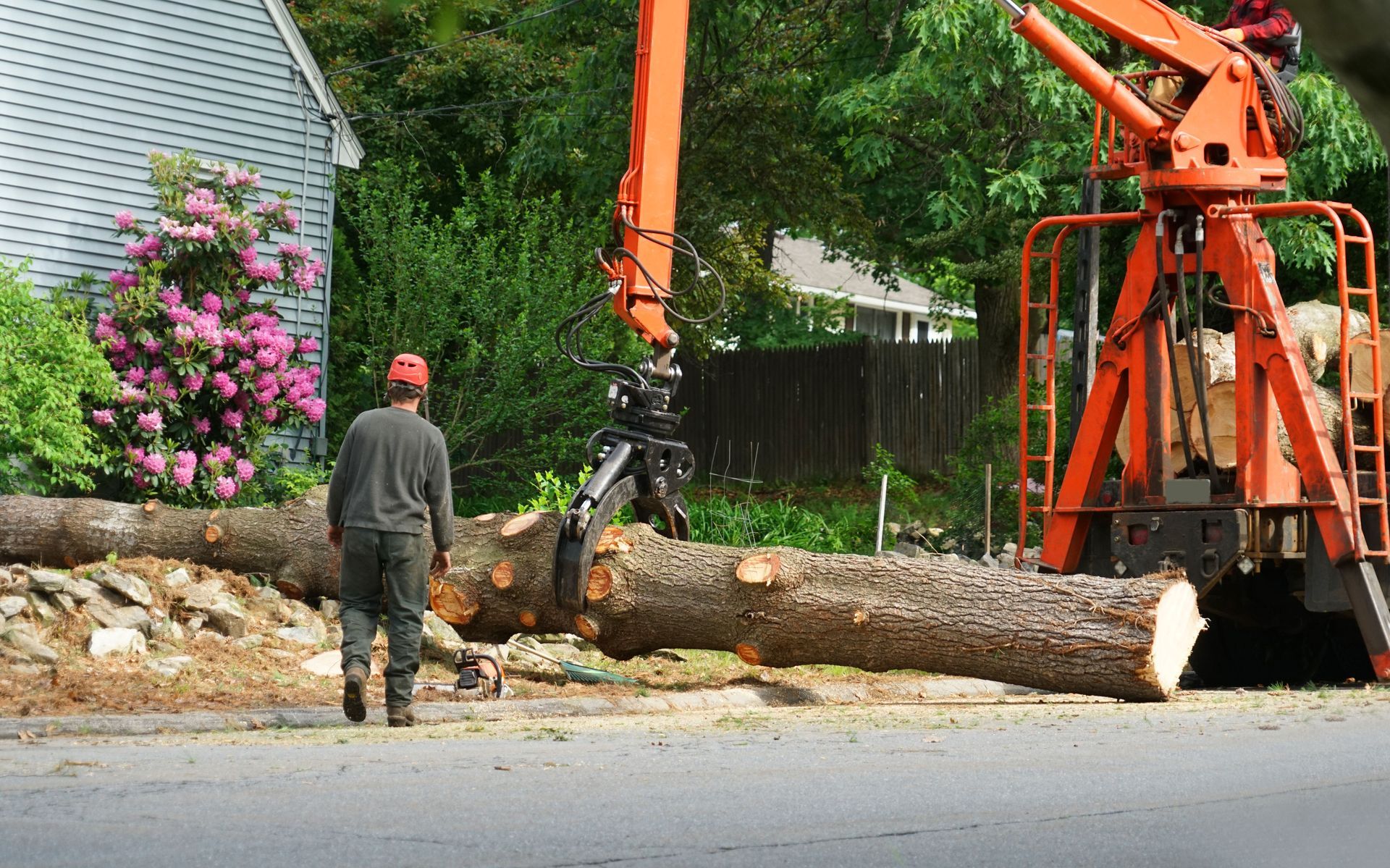
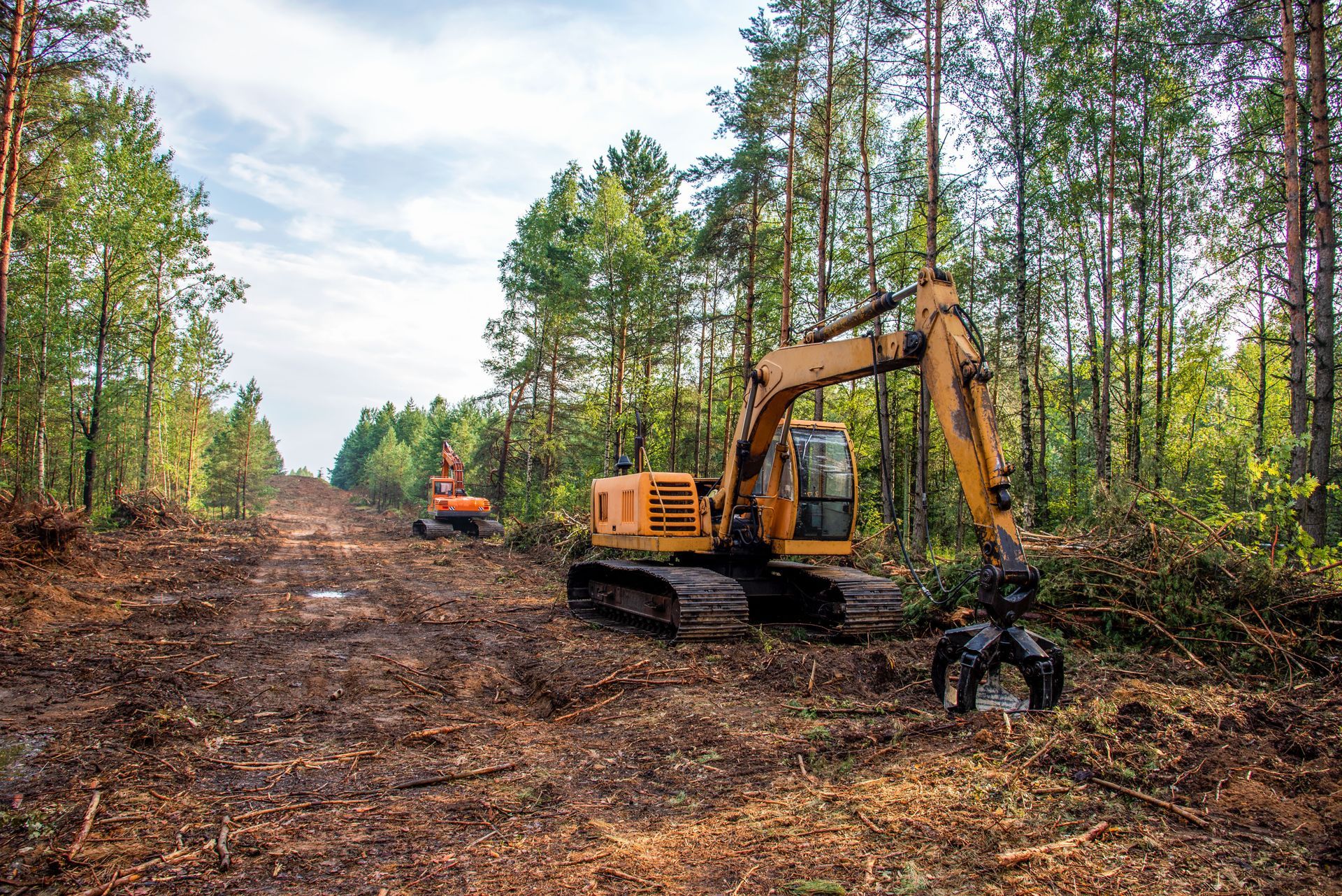
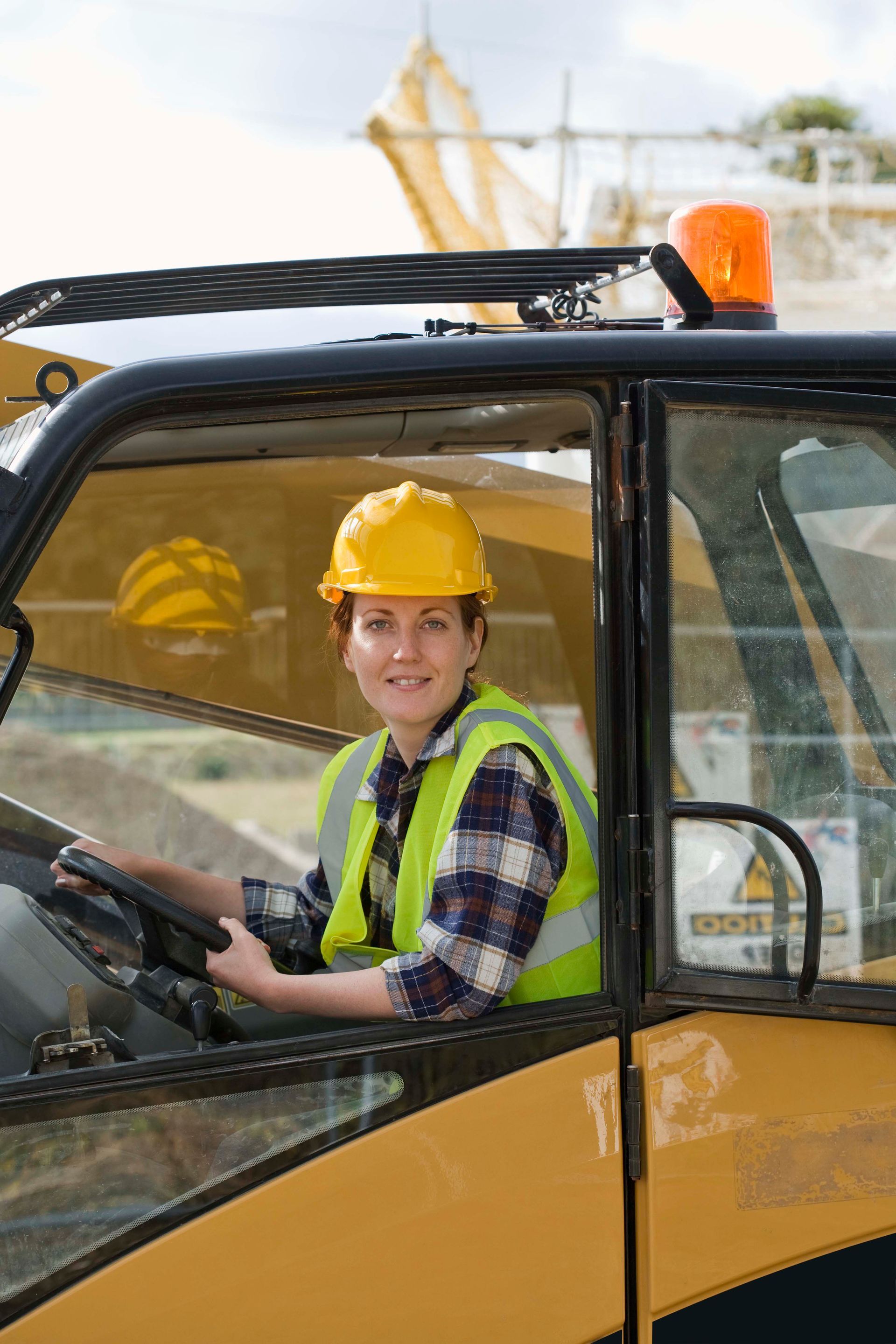
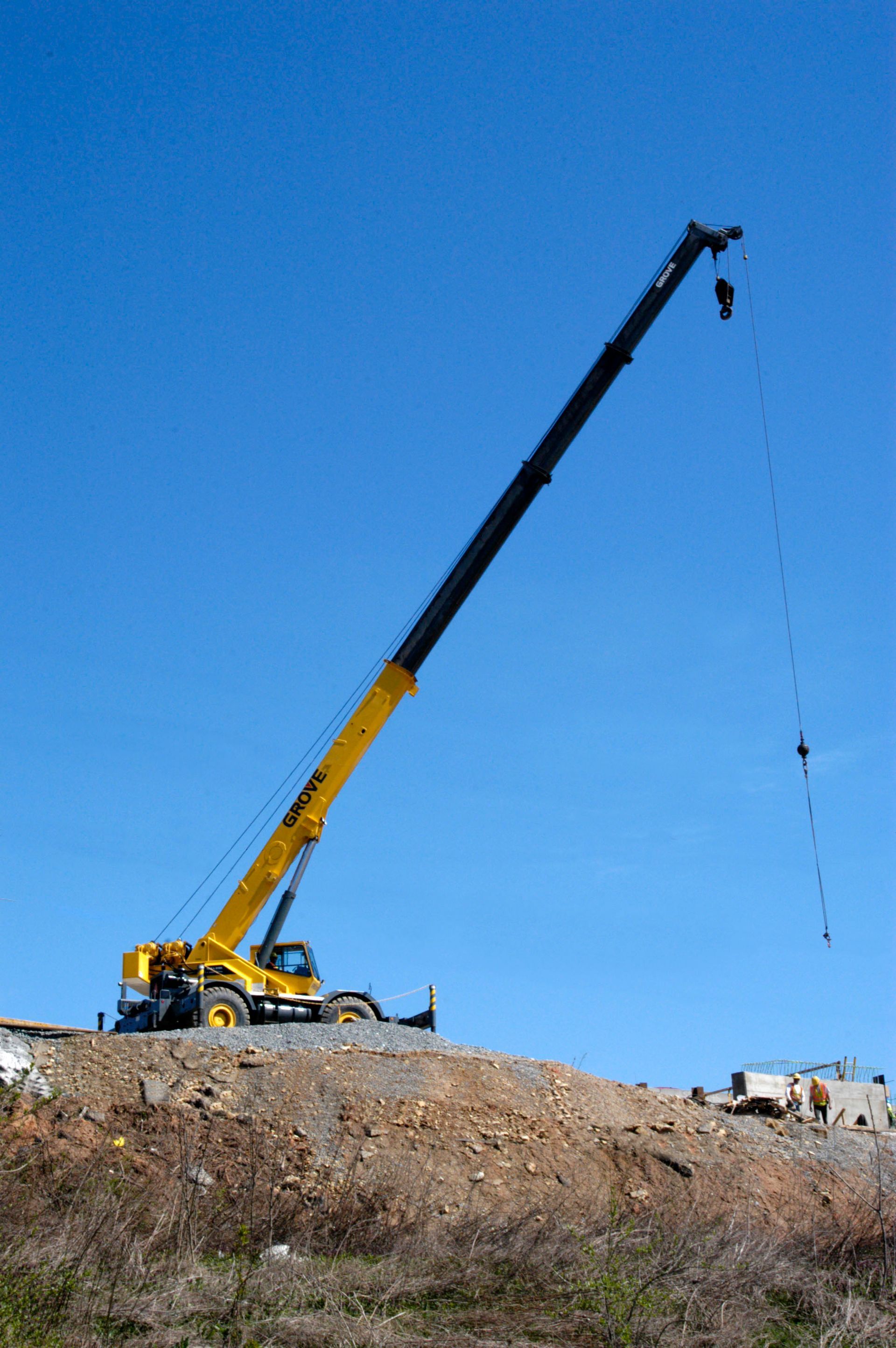
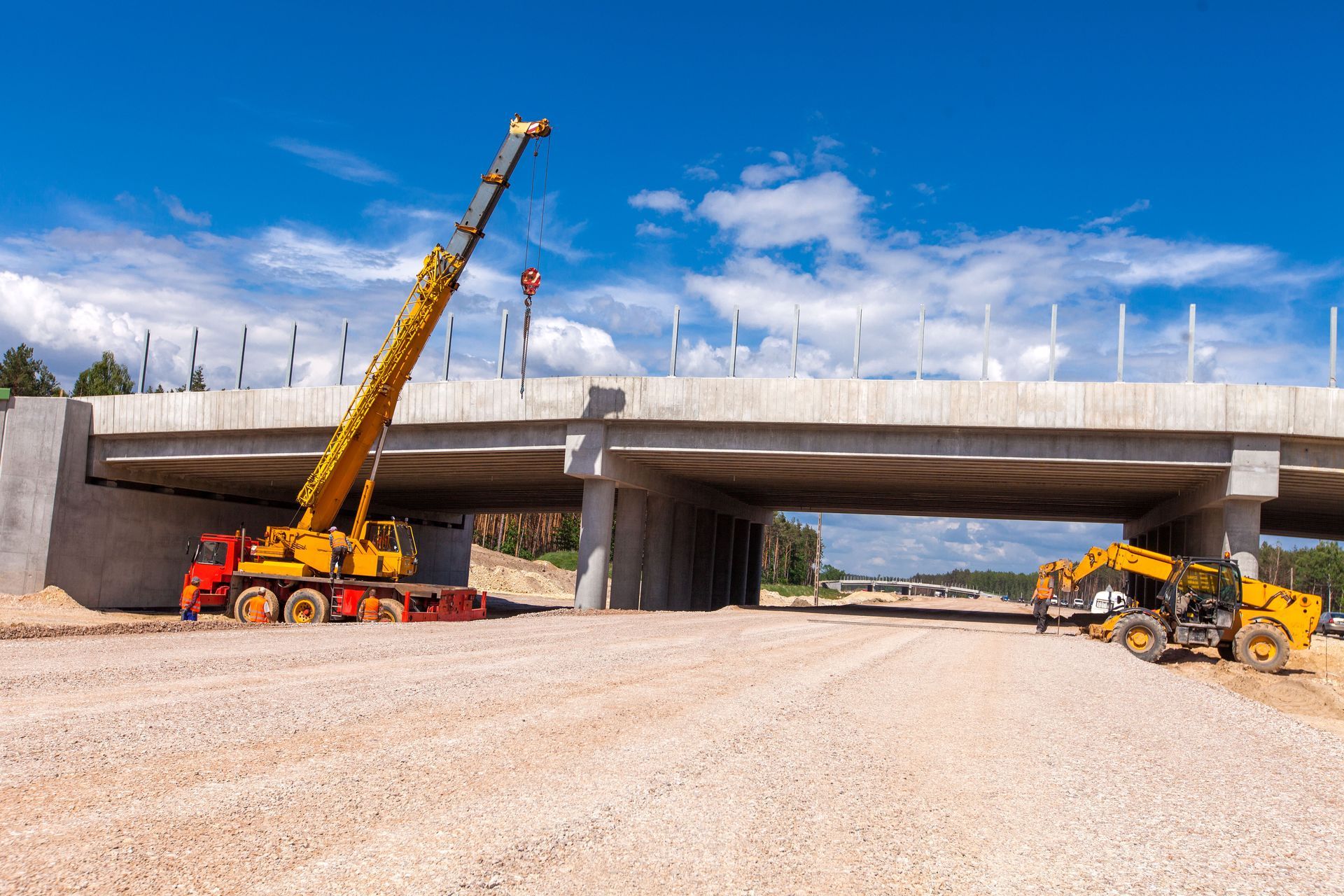

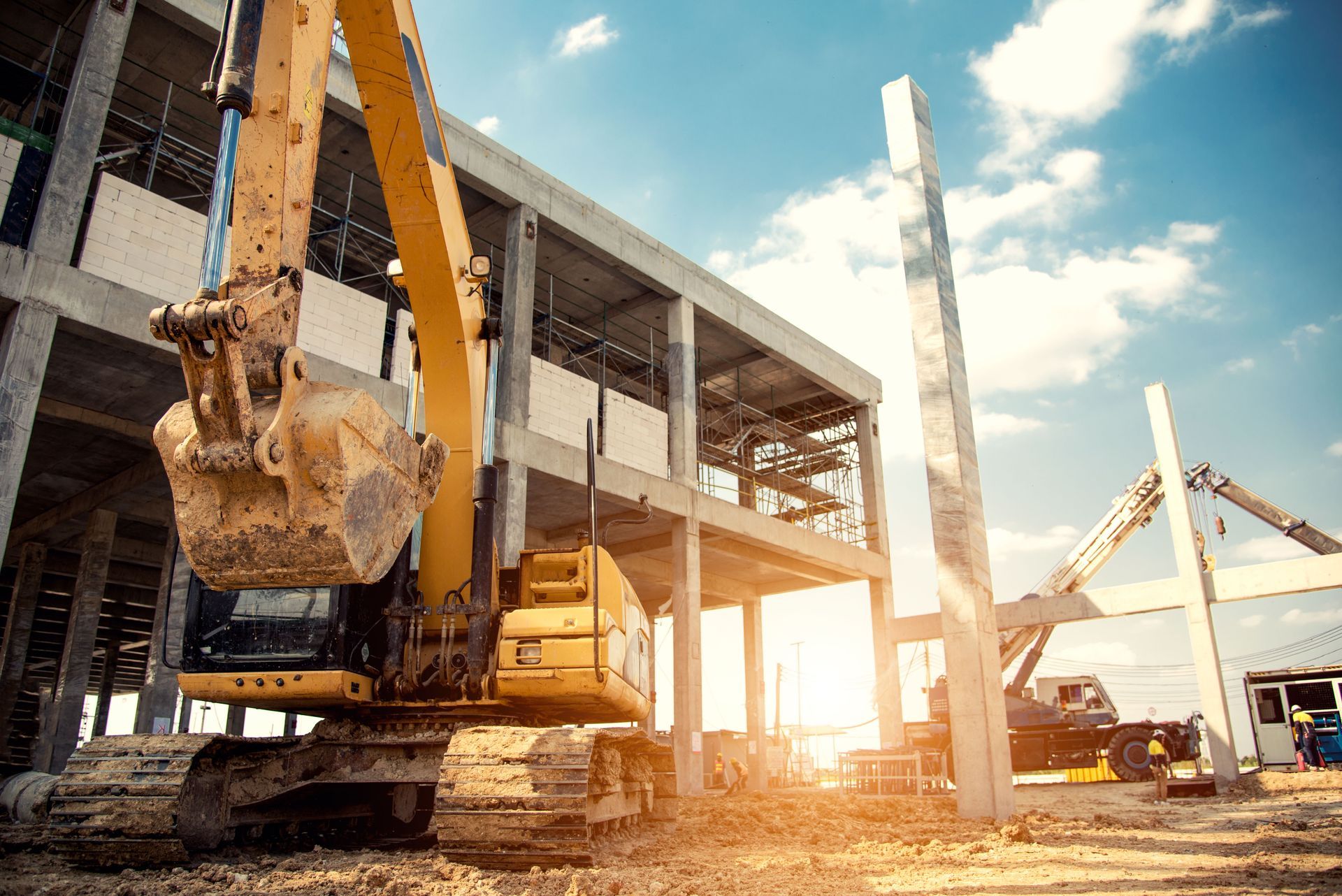
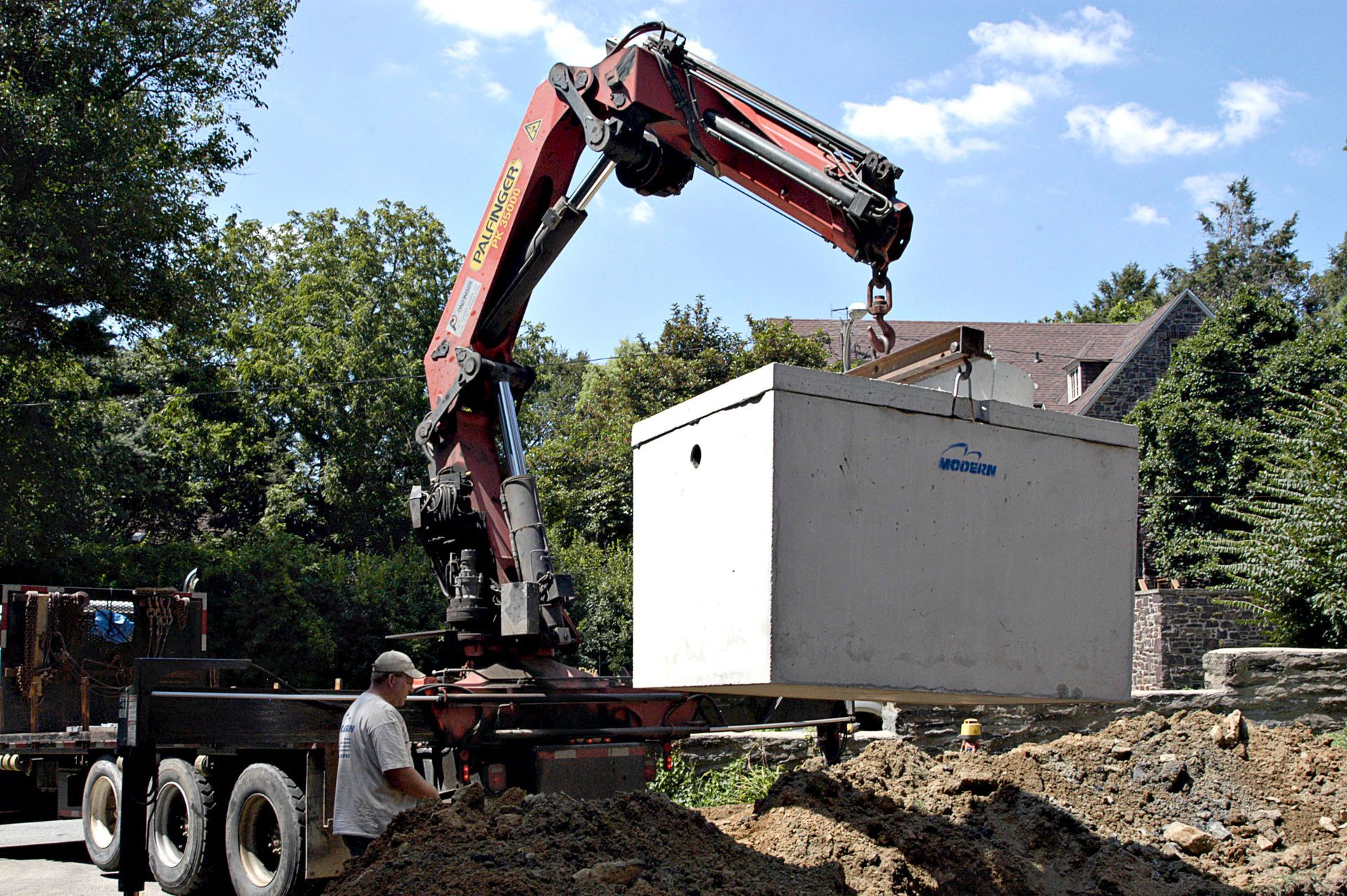

Share On: